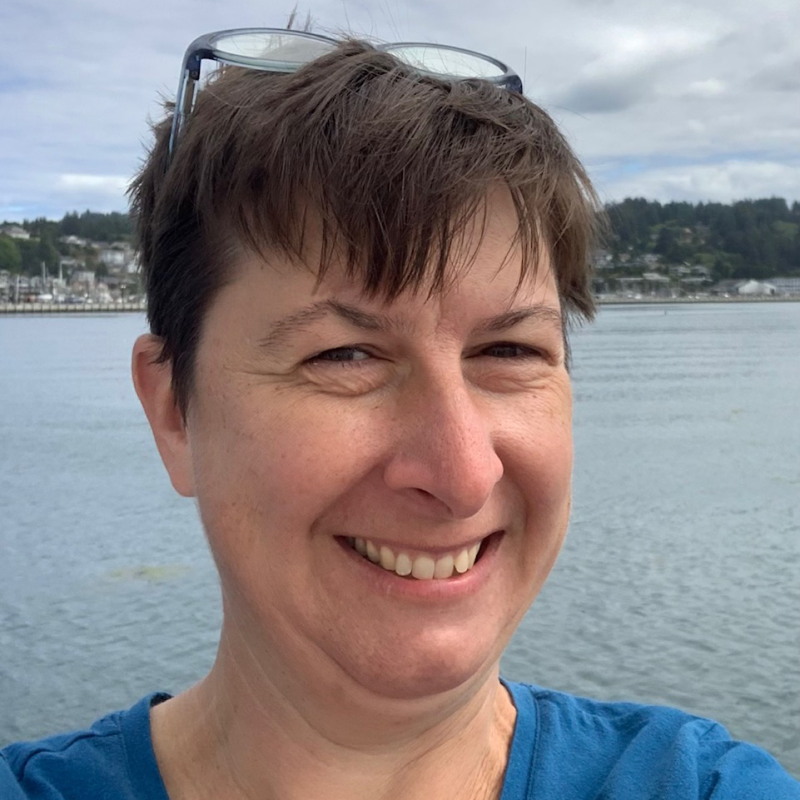
Beth is a paleoceanographer interested in the geologic history of sea ice and how it changes when the Earth warms. She uses single-celled algae–diatoms–to reconstruct sea ice in the subarctic North Pacific Ocean, specifically the Bering Sea. In summer of 2023, Beth will participate in a research cruise that aims to collect sediment cores from above the Bering Land Bridge in order to determine what the ecosystem of the Bering Land Bridge was like during the Last Ice Age and how sea ice changed offshore as climate warmed during the deglaciation.
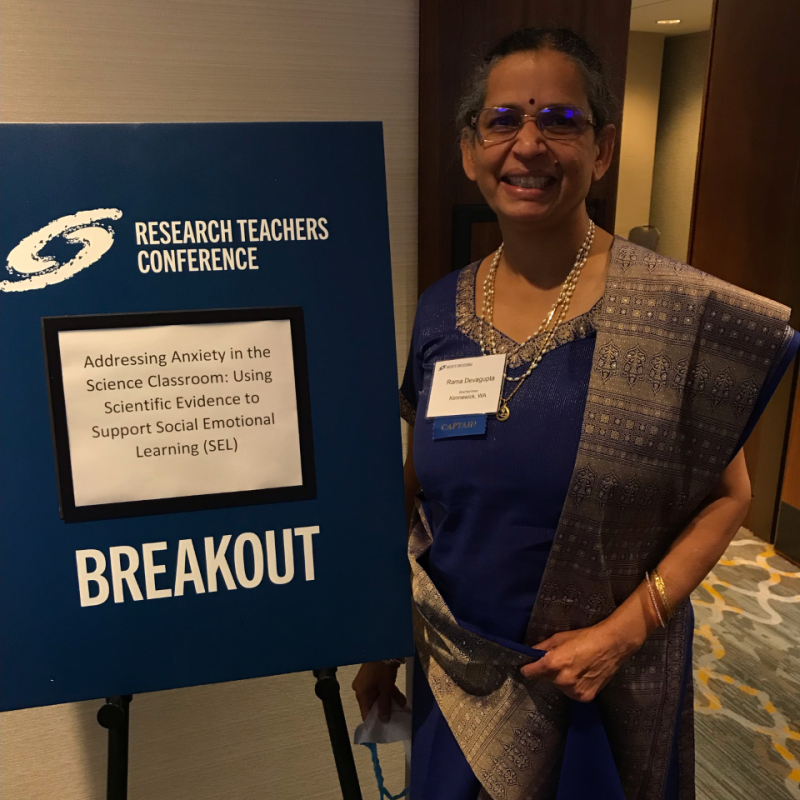
Dr. Rama Devagupta is a National Board Certified Biology and Chemistry teacher. She worked at the Pacific Northwest National Laboratories in Richland, WA as a Murdock Partners in Science Fellow during summer 2018 and 2019. Rama is honored and humbled to be selected as a 2023 Washington State PAEMST Finalist, 2023 Funds for Teacher Fellow, and 2022 NEAF Global Learning Fellow. Rama is also an artist and freelance writer, a certified Heartfulness Meditation Trainer, and a member of WEA/NBCT Leadership Cadre who advocates for quality education in our public schools.

Dave has worked to incorporate both STEM/STEAM and global competency into his project-based engineering and research classes. He serves as the Green School Coordinator, the sponsor of the Get Into Tech and Astronomy clubs, and is a teacher-coach for the Engineering For Us All (E4USA) program. Dave resides in Maryland with his wife, daughter, and two black labs.
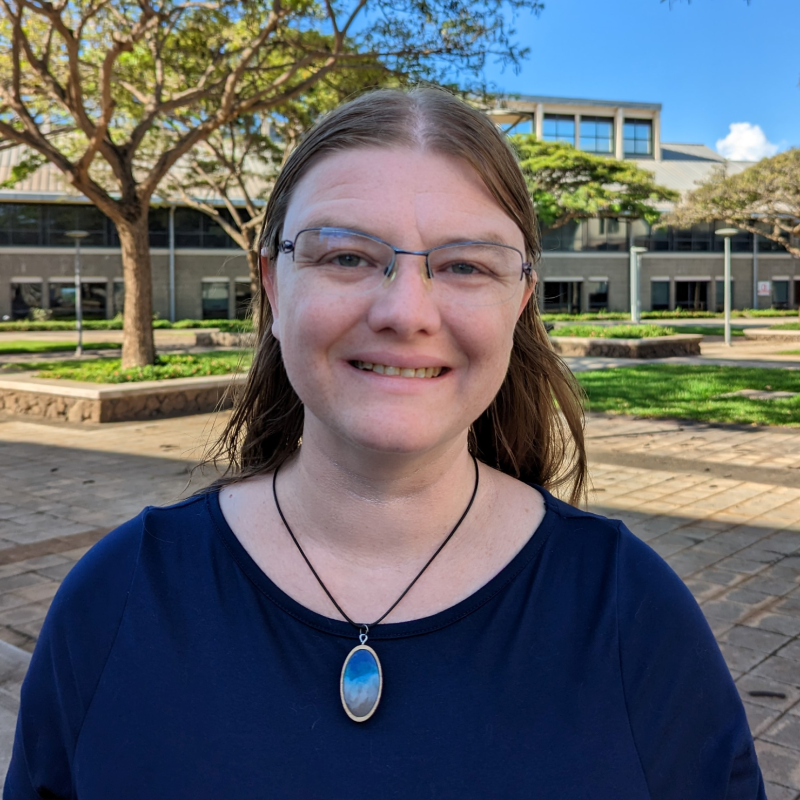
Sarah is passionate about teaching college-level earth science. Sarah encourages students to actively explore geoscience with hands-on activities, scenarios, and labs. She especially enjoys demonstrating the relevance of geoscience by teaching students about current challenges that we face as a society, such as climate change. She feels that it is important to teach students about hazard science and safety.
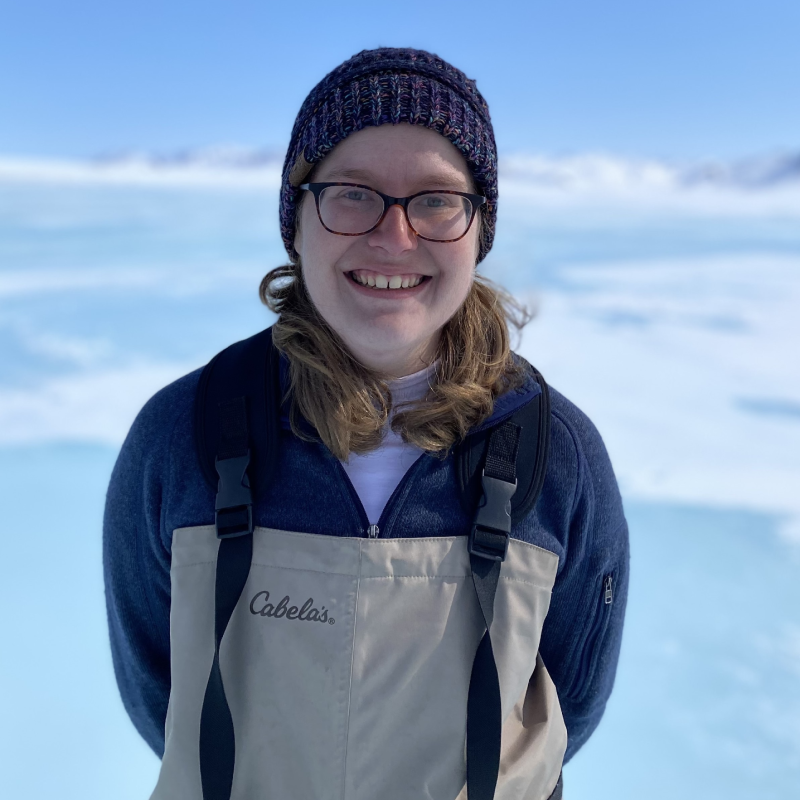
Tori is a PhD student studying Arctic spring-stream ecology. She is interested in how the ecosystem handles seasonal light patterns (i.e. no plants are active in the winter!) across different stream water temperatures. She is proud to be a southerner surviving winter in the Arctic!
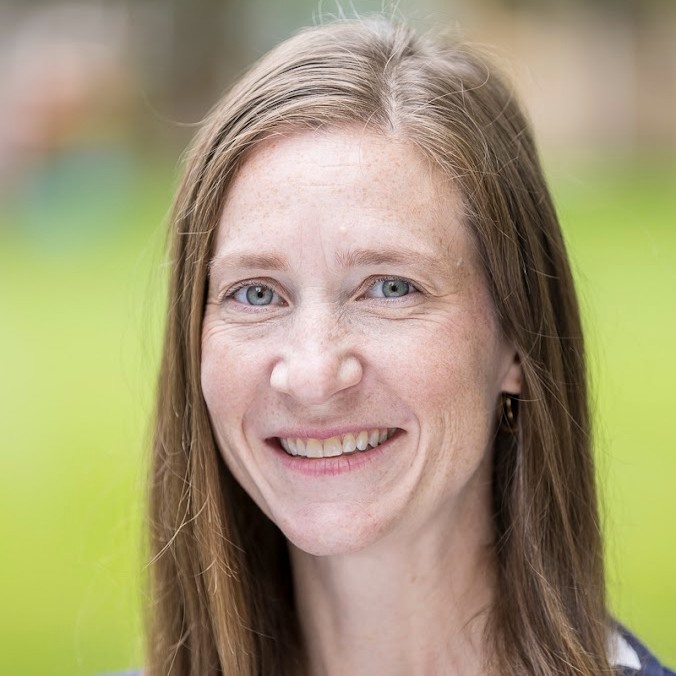
Mary is a plant ecologist who examines how carbon moves through ecosystems, and how this is changing with rapid warming in the Arctic. While working with her students, she aims to connect ecology to environmental justice and climate change. She has worked in Arctic Alaska and will be traveling to Arctic Norway this summer for the first time!
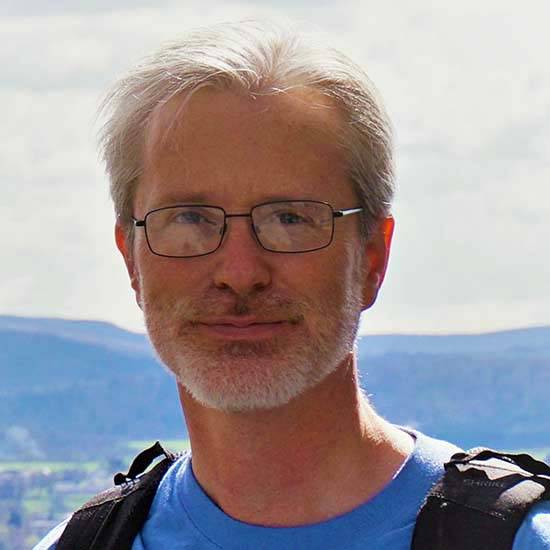
Bob Hollister has decades of experience doing research in the Arctic. He is currently co-chair of the International Tundra Experiment (ITEX) network and he leads a collaborative multi-disciplinary research project funded by the National Science Foundation as part of the Arctic Observatory Network (AON). His work, based at sites near Utqiaġvik, Atqasuk and Toolik Lake, is titled “Using the ITEX-AON network to document and understand terrestrial ecosystem change in the New Arctic.” These sites are now among the longest continually monitored vegetation studies in the Arctic.
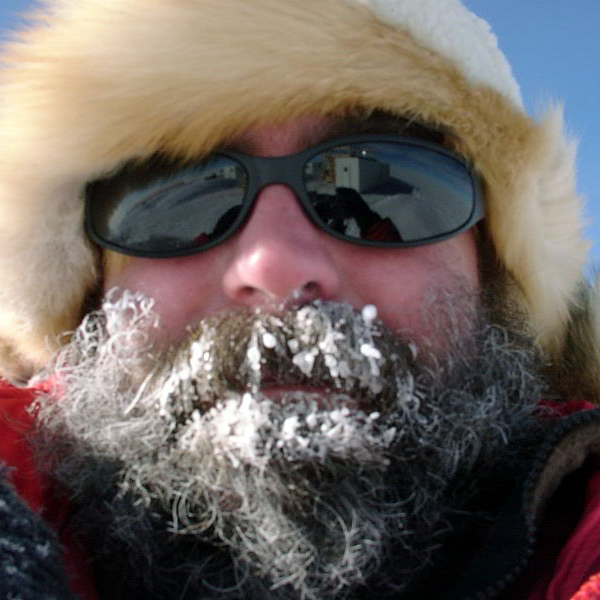
An educator for over 30 years, Rick has taught science and STEM courses from grade 5 to graduate school. For the last 14, he has taught future teachers how to love teaching science and STEM. Beyond the classroom, Rick has been engaged in several research experiences, been recognized for excellence in teaching, delivered professional development to STEM teachers in South Africa, participated in national and state-level science leadership, and in his free time he loves to bake and brew.
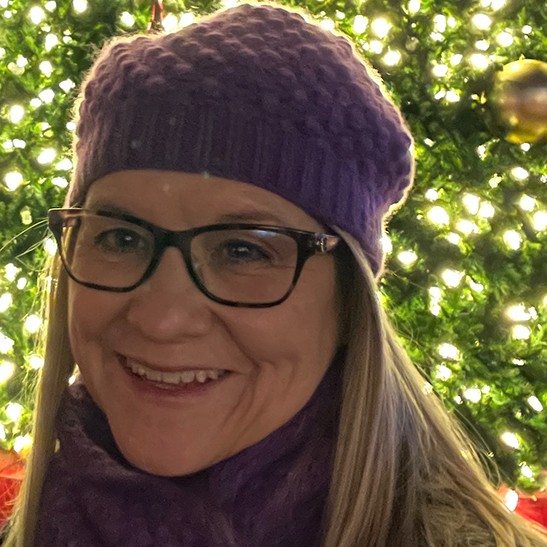
Narrative in nature, Janice’s art explores social ideas and issues, popular culture, and personal experience using both established and emergent technologies and media. As an artist-educator, Janice has taught two-dimensional design, graphic design, printmaking, and digital media. Currently, Ledgerwood teaches Photoshop through the lens of comics art, 2D animation/multimedia, and 3D animation/printing. When not teaching and creating art, Ledgerwood enjoys hiking in the Sierra Nevada, winter camping in Death Valley, practicing permaculture (you should see her veggie garden), dancing at music festivals, and going to Burning Man.
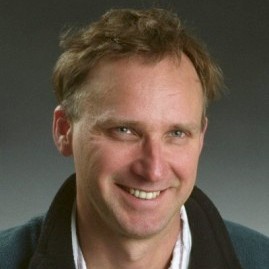
As a teacher, Steven is interested in the potential of active learning as enhanced by modern bona fide computational tools — like electronic structure software (e.g. Spartan) that allow one to probe molecular properties, or the use of reanalysis software (e.g. Earth.nullschool.net) that allow one to visualize synoptic weather systems. As a researcher, a lot of his work focuses on ice in the climate system: from its molecular properties, to growing cirrus-like ice crystals in a scanning electron microscope, to modeling that growth with partial differential equations, and to how clouds and snow interact with sunlight. He is further interested in how those interactions are shifting in response to a changing climate.
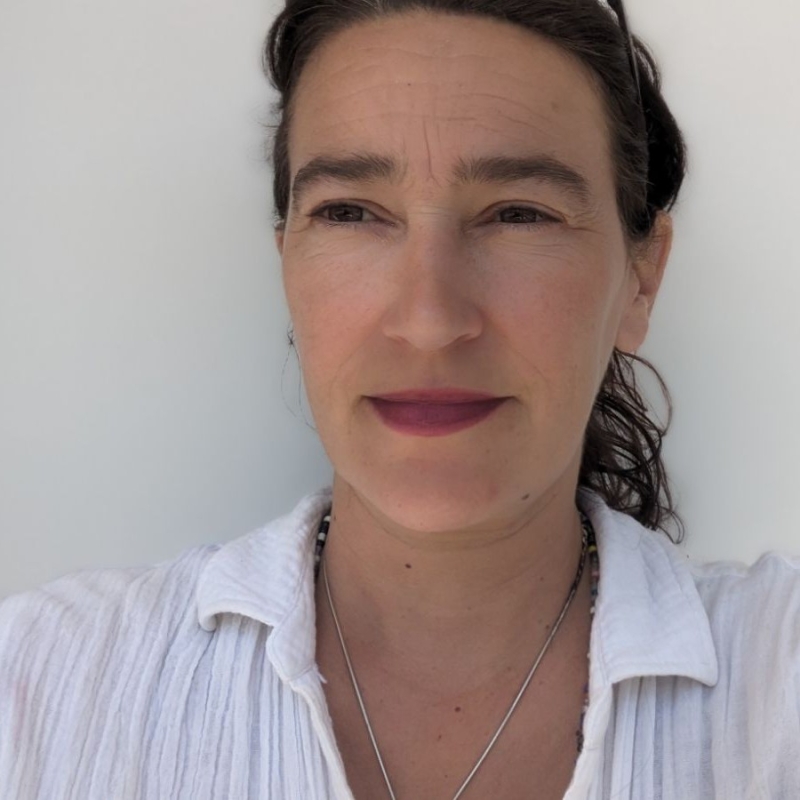
Through her Physics teaching, Joanna strives to expand experiential, project-based, and inquiry-focused courses at her college. She worked with NASA as a graduate student and was a professional on Shuttle’s Return to Flight. As an educator, she leads student projects in High Altitude ballooning and sound rocket payload design. She is currently working with the Nationwide Eclipse Ballooning Project.
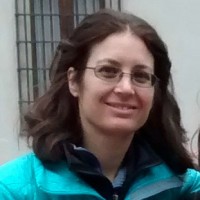
As an atmospheric physical chemist, Penny studies the greenhouse effect of clouds and trace gases in polar regions. Recently, she has also been investigating the interactions between clouds and shortwave and longwave radiation, and the role they play in extreme warming and precipitation events in Antarctica. Her work also includes creating computational modules that bring polar research into the undergraduate classroom.
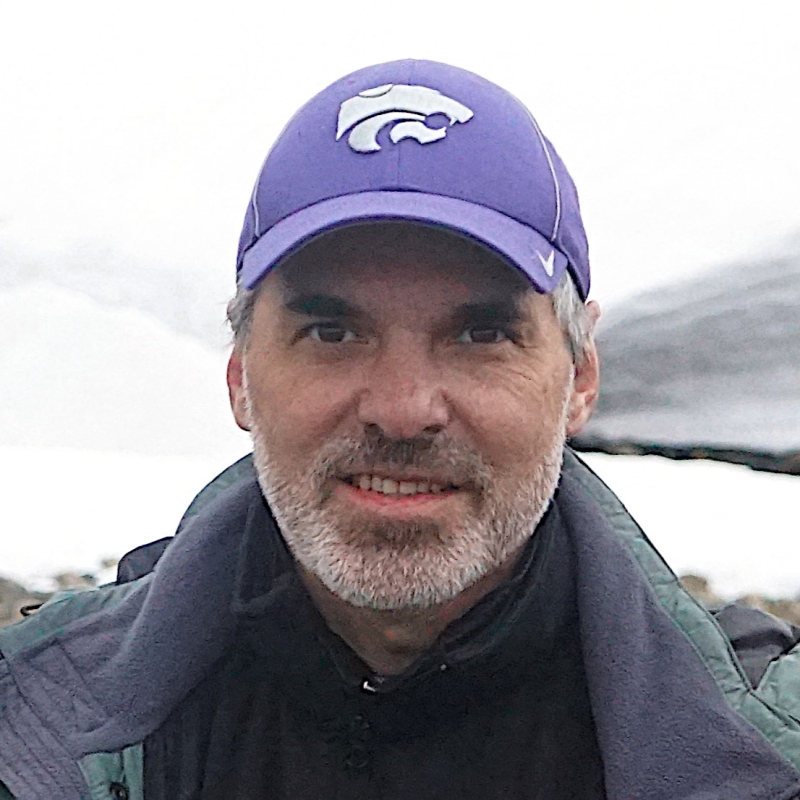
Aleksey is a hydrologist with interests in sustainable water resources under changing climate in the cold regions. He collects micrometeorological data at several Arctic sites and models the dynamics of unfrozen water and temperature in frozen grounds. He collaborates with geoscientists, biologists, and anthropologists to better understand the impacts of the warming Arctic on hydrological, biological, and social systems.
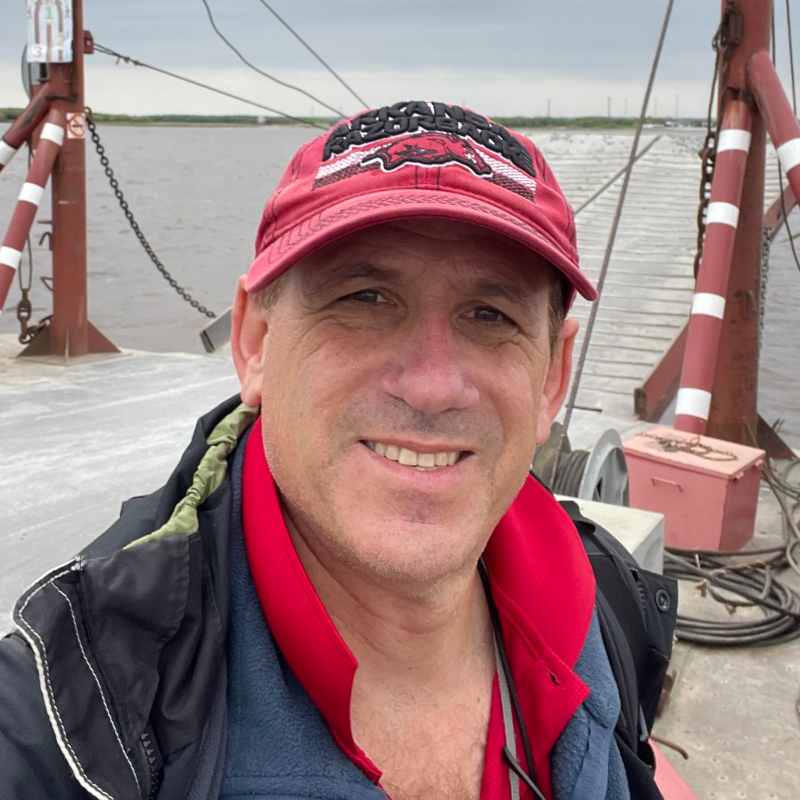
Peter Ungar is an evolutionary biologist, ecologist, and director of the UA Environmental Dynamics Program. His research focuses on the impacts of climate change on ecosystems over deep time and today. This work touches on a variety of fields, from human evolution to Arctic ecology.
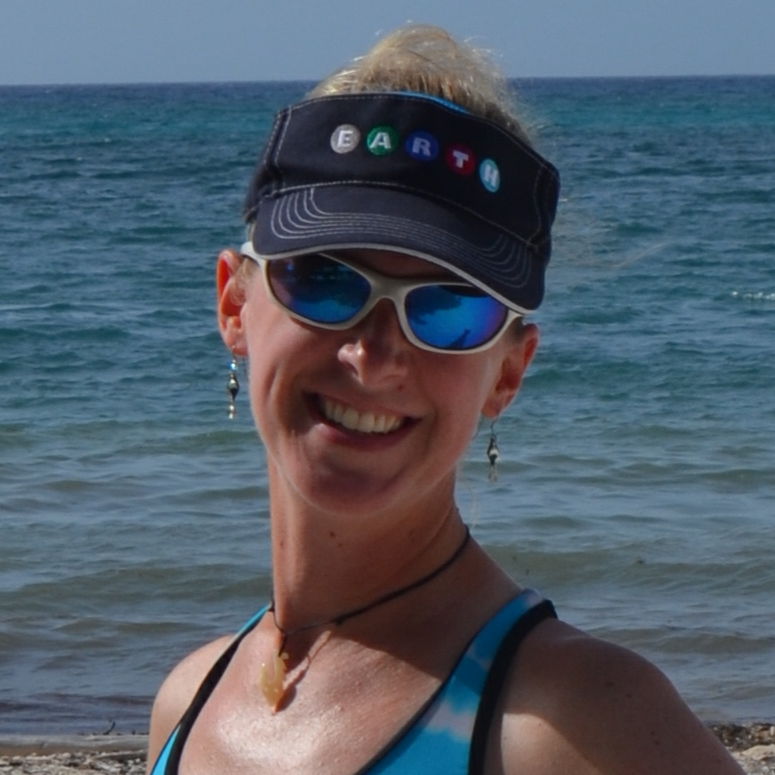
Katrina Walker has taught middle school science for twenty-one years. Her accolades include earning the Outstanding Educator of the Year award twice, publishing an article in ScienceScope, participating in the EARTH (Education and Research: Testing Hypotheses) Workshop through MBARI (Monterey Bay Aquarium Research Institute), and recently collaborating with scientists from Antarctica through the Polar Literacy program. Her passion includes making science come alive for her students by utilizing real science data in the classroom. Katrina enjoys traveling the world, practicing yoga, and spending time with her two teenage children and two corgis.
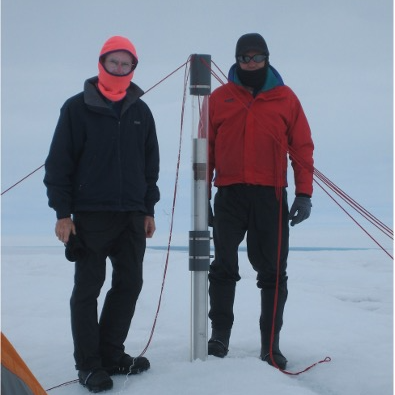
Dale is a physicist and geophysicist interested in the physics of electromagnetic radiation (from radio waves to X-rays) and ways to apply that physics to exploration of icy places in the solar system. He has also been leading development of an ice melt probe to further exploration of lakes beneath 1-4 km of ice in Greenland and Antarctica. These lakes are terrestrial analogs to ocean worlds in our solar system, in which he is interested from an astrobiological standpoint.
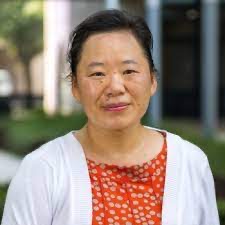
Dr. Liang Zeng is a Professor in the Department of Physics and Astronomy. She specializes in physics education and physics teacher education. She is passionate about improving physics education in her community by working to expose preservice teachers to experiential and phenomenon-based teaching techniques.

